
Beyond Geek Series Previews
Beyond Geek Series Previews Previews Season 2 Season 2 Episodes Kinetic Sculpture Racing Kinetic Sculpture Racing 2 The Force is Strong Hackathon A Pirate’s Life
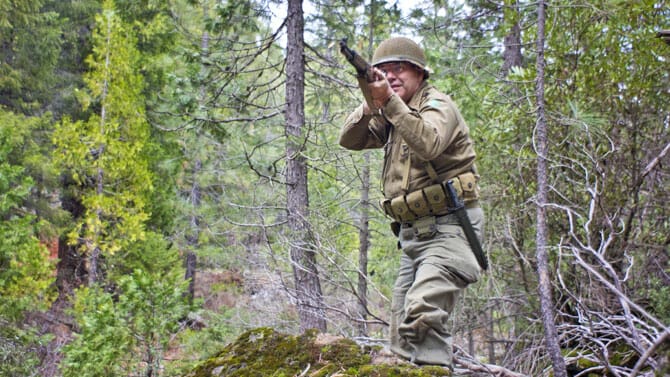
by Bruce Hrabak | Guest Contributor
People reenact from Roman Times through the Civil War to the Vietnam era for various reasons. The most popular reenacting is still Civil War with World War II reenacting a close second.
Most reenactors are interested in history and reenacting is a way to connect with that history. By wearing the uniforms and gear it gets them closer to the history they are interested in. Other reenactors do it to honor a relative who was in the military.
Some reenactors just do it for the fun of it, spending time with like-minded people. Some like to relive childhood memories of when they were kids playing Army. Only now the guns and uniforms are much more expensive.
If you want to get into reenacting, the first thing you’ll have to decide is what you want to reenact. What era, what side of the era do you want to reenact? What are you interested in? Is there a period of military history you are interested in? Do have a relative who served in the military in the past?
Almost all of the reenacting groups have a web site. Once you have decided what you want to reenact you can find a local group that reenacts what you are interested in. Most of the websites will give you a way to contact the group. They will also tell you what uniforms and gear is needed to reenact with the group. Many of the group’s websites will have links to vendors to get the uniforms and gear you will need.
Once you have decided what you want to reenact next you need to decide how much money you want to spend. Reenacting is not a cheap hobby but there are ways to save money.
Reenactors build what is called an “impression”. It is a representation of the solider from the era they are portraying. Reenactors research the impression they are trying to do. This is done through books, newsreels, the Internet, even talking to the veterans themselves. Reenactors want to make sure the uniforms and gear they are wearing is authentic to the impression they are doing.
Depending on what era you are reenacting one way to save money is to use reproduction uniforms and gear instead of real. If you are reenacting an era prior to WWII most of the uniforms and gear is going to be reproduction. The real stuff from before WWII is usually too expensive or too historical to use in a reenactment. But, the real stuff is out there if you are willing to pay the price.
If you are reenacting WWII or later there is still plenty of original gear and uniforms to be found. With a little bit of research and shopping around original uniforms and gear can be found sometimes for a price cheaper than reproductions (eBay, Craig’s List, surplus stores etc) But, if you are using real gear and uniforms and it gets damaged or destroyed its not as easy to replace as reproductions.
What size do you wear is another important consideration when buying real or reproduction uniforms. Most people from the past were smaller than people now. Finding real uniforms from the past that fit modern people is very difficult. While reproductions come in modern sizes to more easily fit modern people.
The biggest expense is going to be a weapon. Most reenactors use real military firearms. (Unless you are a Roman reenactor) Blanks are fired for the battles. Most American and German military firearms used by reenactors usually cost between $800 to $1,000. Other countries military weapons are cheaper in cost. Blanks run approximately $40 per 100. The weapon is a one-time expense. Blanks are a continuing expense that depends on how carried away you get when shooting. If you get a semi-automatic rifle you are going to need some type of blank firing adaptor or, BFA, to make the rifle function with the blanks. Military blank adaptors are the cheapest usually coasting around $40. The problem with military blank adaptors is they alter the look of the rifle and you can tell the adaptor is on the rifle. For about $100 you can get what is call a “Hollywood Adaptor”. These adaptors only very slightly alter the look of the rifle. From a few feet away the rifle looks like it does not have an adaptor on it. If you obtain a bolt-action rifle a blank firing adaptor is not needed.
The best advice is to use the Internet to find a reenacting group you like or that is near you. Once you have found your group use their website to contact its members. The group members can tell you what uniform and gear you need to get started. Most likely the members know the best places to find what you need for the best prices. For the group I am part of, The WWII Military Commemorative Association or MCA for short, we reenact WWII in Northwest Europe from D-Day to the end of the war is what we do. Occasionally we reenact battles from North Africa or, southern Italy. We reenact the 3 main armies that fought in Northwest Europe, German, American and British. We have members with years of experience and a great deal of knowledge about what uniforms and gear is needed and the authenticity of the uniforms and gear. Then comes the big decision. What do I do, German, American or British or something else? Russian and Italian are popular. Some members, myself included, have uniforms and gear to do impression from several countries. So how do you choose what to do? Most people base their choice on their historical interest. The past service of a family member or perhaps they already have a WWII weapon or pieces of a WWII uniform or, some WWII gear. No matter what you choose there is some basic equipment everyone needs. First off is a weapon. Then a helmet, uniform, boots, and gear.
For gear, the very minimum needed is some type of belt or pouches for ammo and a canteen and canteen carrier. Most of the weapons you would need to do any impression are all about in the same price range as I have said before. In buying uniforms and gear you do get what you pay for in this hobby. If it is cheap in price, it is usually cheap in quality.
I have to admit German uniforms look the best and have by far the most variety you can wear for battles. The Germans were camouflage crazy. The variety of WWII German camouflage seems endless. Original WWII German uniforms and gear is the most expensive, and even the reproduction uniforms and gear are more expensive than the other countries. British uniforms and gear, both real and reproductions, are cheaper than German. There is a large variety of British uniforms and gear, but nothing like the variety of German uniforms and gear. Finally American. I hate to admit this, but the US Army had the most boring WWII combat uniforms. They came in any color you wanted as long as it was olive drab. For variety there was light olive drab or dark olive drab. All of the combat uniforms and gear was just a various shade of olive drab. The WWII US Army had only one camouflage uniform, which was used for just a short time. It was confused with the Germans and there were casualties from friendly fire incidents. For someone who wants to get started in reenacting after you have found a group you might check to see if they have loaner uniforms, gear and/or weapons you can use for a battle. This way you can see if you like reenacting before spending a bunch of money. But if you want to buy your own “impression”, doing WWII US Army Infantry is the least expensive way to go. If you want to a specialist “impression” like a paratrooper or mountain trooper, from any country, it is going to cost you a lot more. Working from the top down you will need a helmet. Helmets run from about $50 for a reproduction to $200 for a real WWII helmet.
Next, you’ll need a uniform. The cheapest WWII combat uniform to buy of any country is a reproduction of the US Army’s HBT uniform. HBT stands for Herring Bone Twill. It is close to denim, like Levis, and it is a pair of pants and a shirt/jacket. A reproduction usually costs under $100 for the set. It would be appropriated to wear for the reenacting of any WWII battle that the US Army participated in. Boots would be next. Reproductions boots are best. Usually the leather of real WWII boots is so old that it will not stand up to being worn during reenactments. Reproduction WWII US Army low boots cost about $120. The low boots are worn with leggings. Real WWII US Army leggings are easy to find. They are usually still in good shape and run about $30 for a pair and they are cheaper than reproductions leggings. The leggings go over the low boots and give you something to tuck the bottom of your pants into. It makes it like you are wearing tall lace up boots. The leggings protect you ankles and shins. Then you are going to need some gear. You’ll need something to carry your ammo (blanks) and at the very least a canteen and canteen carrier. Either reproduction or real WWII US Army gear will run you about $100 to $150 for the minimum gear you need. In reproduction gear you really get what you pay for. Low cost reproduction gear looks cheap and never last long.
So you found a group. Got your uniform, gear, and weapon. Now, where do the battle reenactments take place? If you are in Europe (WWII reenacting is big in Europe) you might get to reenact the battle on the very ground the original battle took place. In the United States, battle reenactments take place at various places. For example, at closed military bases, on private land, state or national parks, and even at some large shooting ranges. So how do most groups figure out what battle to reenact? This is usually based on two things, what time of year it is and where is the battle going to be held. If a group wants to reenact say the Battle of the Bulge, which was fought in December with lots of snow and freezing weather, its not going to reenact this battle in the middle of June. Also, if a group wants to reenact battles related to the D-Day invasion of France, which took place in the first part of June, the group is not going to do its reenactment in the dead of winter. The space you have to do the reenactments plays a large part too. You cannot reenact a large battle in a tiny space. Many reenactors have restored WWII vehicles from jeeps to tanks and everything in between. Its much easier to overate the vehicles in larger spaces. Vehicles add fun and another touch of authenticity to any battle reenactment. Also riding beats walking anytime.

Beyond Geek Series Previews Previews Season 2 Season 2 Episodes Kinetic Sculpture Racing Kinetic Sculpture Racing 2 The Force is Strong Hackathon A Pirate’s Life
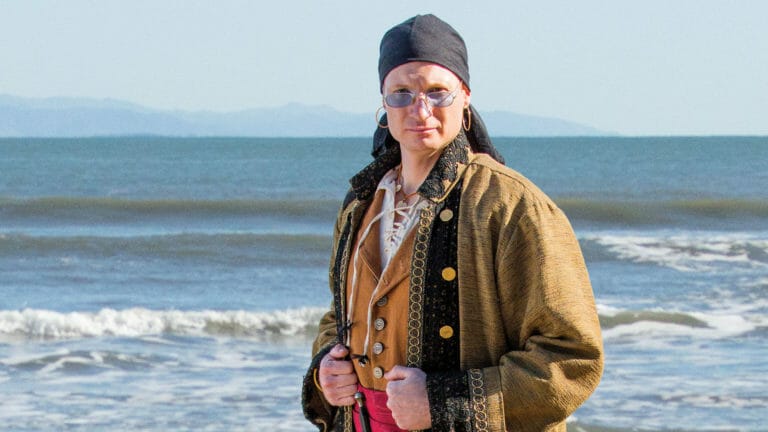
Nate Lake travels through time into a world filled with black powder weapons, sword fights, and adventure.

The History of Kinetic Sculpture Racing Main Street in Ferndale, California, 1969 by Joe Gillis | Beyond Geek The first kinetic sculpture race was held

Extended interview with Lloyd Klein about what it was like being in the glider infantry during WW2.
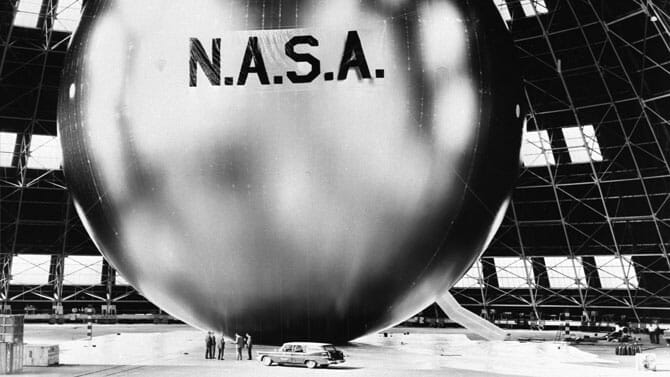
If this were the 1940’s, you would already know about Bing Crosby, Louis Armstrong, and Tennessee Williams. Roosevelt might be your President, and Generals Eisenhower, Patton and MacArthur might even be your heroes.
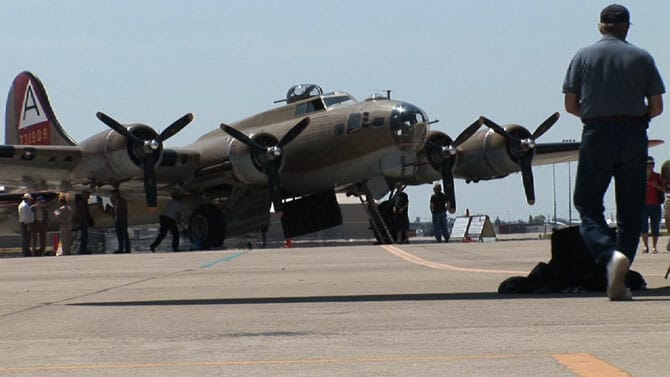
The Collings Foundation’s Wings of Freedom Tour gives you the opportunity to see these magnificent planes from WWII up close.
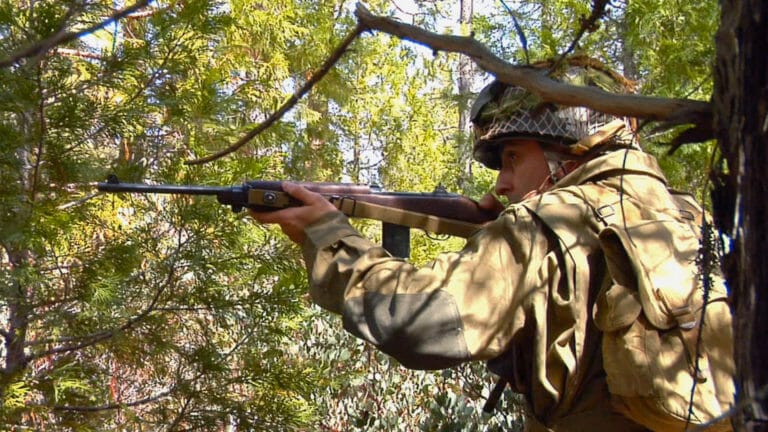
History comes alive as Dan Reynoso gets a glimpse of what it was like to serve in World War II through re-enacting.
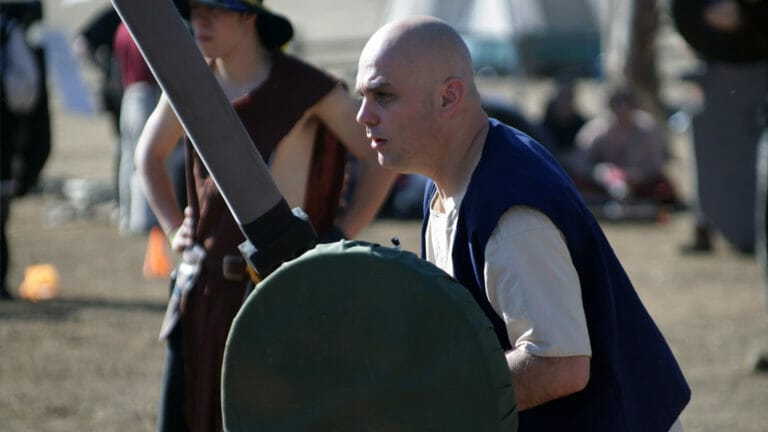
Sage Michael finds himself in a sport where the Medieval era meets Middle Earth. Armed with foam-padded weapons, battle gamers go all out in full-contact combat that would make Tolkien proud.
Subscribe to our newsletter for updates, giveaways, and other geek news
*By clicking on the button, you agree with Terms Of Use and Privacy Policy.
Subscribe to our newsletter for updates, giveaways, and other geek news
*By clicking on the button, you agree with Terms Of Use and Privacy Policy.
Subscribe to our newsletter for updates, giveaways, and other geek news
*By clicking on the button, you agree with Terms Of Use and Privacy Policy.